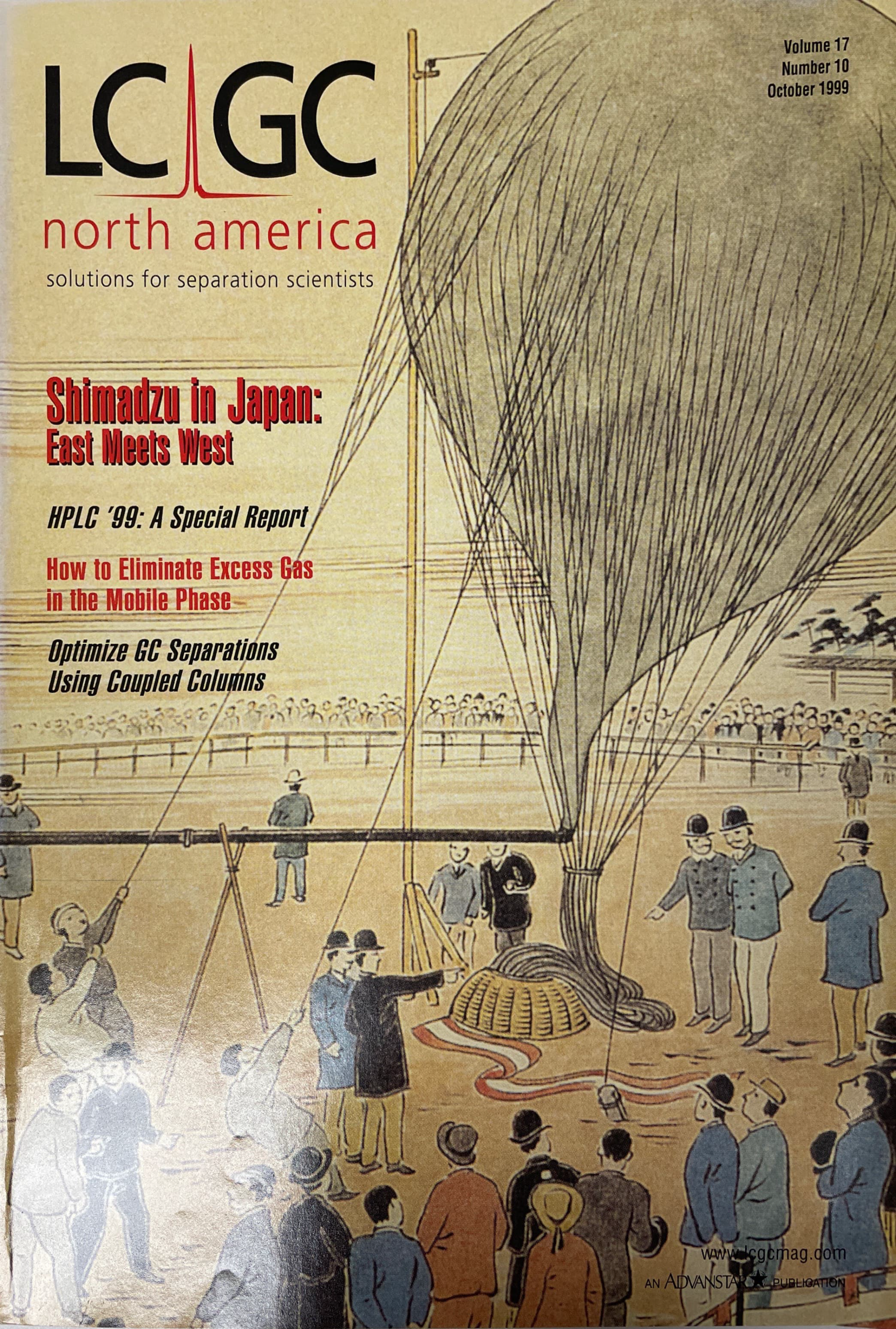HPLC Detection and Evaluation of Chiral Compounds with a Laser-Based Chiroptical Detector
The sensitivity and ruggedness of chiroptical detectors have improved considerably during the past decade. In this article, the authors examine more than 230 chiral compounds using the latest laser-based polarimetry detector for high performance liquid chromatography (HPLC). They also examine the relationship between optical rotation at the detector wavelength of 675 nm and the sodium D line. In addition, the authors consider the sensitivity, linear dynamic range, and effect of solvent composition on rotation and its general use as an HPLC detector for chiral compounds.
LCGC 17(10), 946–957 (1999)
New Method Explored for the Detection of CECs in Crops Irrigated with Contaminated Water
April 30th 2025This new study presents a validated QuEChERS–LC-MS/MS method for detecting eight persistent, mobile, and toxic substances in escarole, tomatoes, and tomato leaves irrigated with contaminated water.
University of Tasmania Researchers Explore Haloacetic Acid Determiniation in Water with capLC–MS
April 29th 2025Haloacetic acid detection has become important when analyzing drinking and swimming pool water. University of Tasmania researchers have begun applying capillary liquid chromatography as a means of detecting these substances.
Prioritizing Non-Target Screening in LC–HRMS Environmental Sample Analysis
April 28th 2025When analyzing samples using liquid chromatography–high-resolution mass spectrometry, there are various ways the processes can be improved. Researchers created new methods for prioritizing these strategies.

.png&w=3840&q=75)

.png&w=3840&q=75)



.png&w=3840&q=75)



.png&w=3840&q=75)













